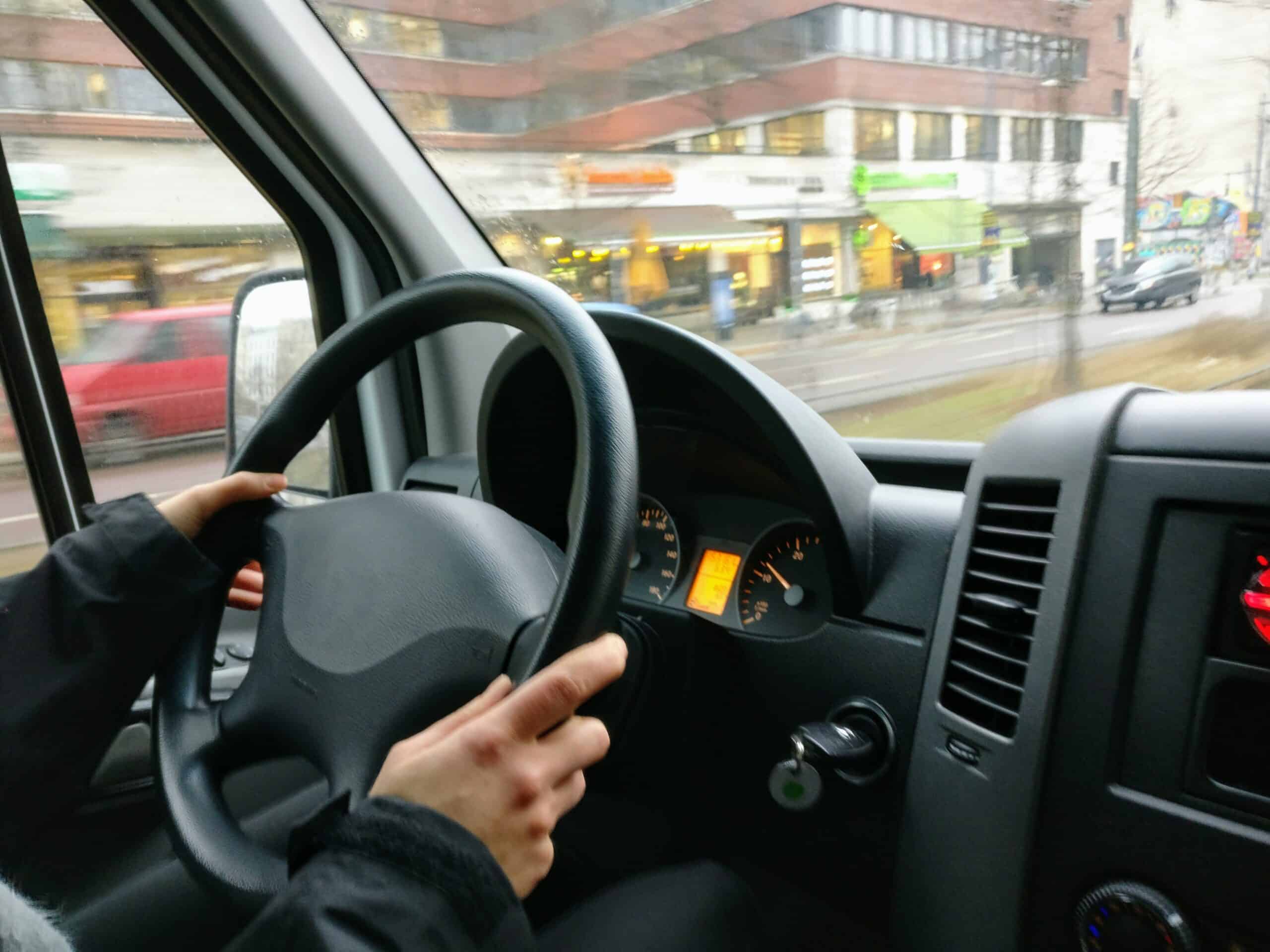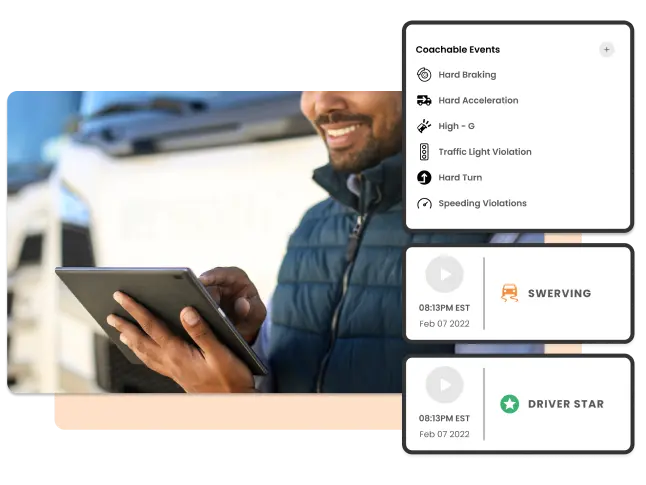You may have heard about the changes coming to the Federal Motor Carrier Safety Administration’s (FMCSA) Crash Preventability Determination Program (CPDP). This program assesses the preventability of commercial motor vehicle-related crashes in order to determine whether they should be included on a driver’s safety record.
While these changes won’t take effect until later this summer, it’s essential for businesses who rely on drivers and vehicles to stay ahead of the curve.
Overview of the FMCSA’s Crash Preventability Determination Program

The Crash Preventability Determination Program establishes crashes deemed not preventable will be removed from use in a carrier’s Crash Indicator Behavior Analysis and Safety Improvement Category (BASIC) percentile ranking in the CSA Safety Measurement System.
- How will the Program be Administered and Enforced. The program will provide more context to non preventable crashes and determine ways to reduce the number of non-motorist crashes. The FMCSA is going to analyze these changes to existing crash types and new crash types over the span of two years.
- Explaining the Proposed Changes to the Program. The FMCSA is proposing changes to 11 of the 16 current crash types eligible for reviews, some examples being (in the event a truck is struck):
- CMV was struck because another motorist was driving in the wrong direction.
- CMV was struck because another motorist was making a U-turn or illegal turn.
- CMV was struck because another motorist did not stop or slow in traffic.
The Benefits of These Changes for Commercial Drivers
The overall goal of this program is to better identify carriers and drivers with the riskiest behaviors.
- Identifying a crash will help prevent it in the future. By thoroughly analyzing data and gathering information, you are able to gain valuable insights to improve system reliability and avoid similar incidents in the future.
- Knowing your riskiest drivers helps you determine who needs to be prioritized for coaching. By analyzing driving data, such as harsh braking and acceleration, speeding incidents, and frequency of accidents, you can develop targeted coaching programs that address each driver’s specific needs.
- Better assessment means more accurate crash risk data. By implementing advanced technologies, such as artificial intelligence and machine learning algorithms, we can enhance our ability to predict potential hazards and prevent accidents on our roads.
Tips for Staying Safe on the Road in Light of These Changes

You can take on these changes with confidence by following these tips to keep your drivers safe on the road:
- Invest in a smart fleet safety system. Finding a fleet management system that organizes driver and vehicle data by event type will help you better identify your highest and lowest performing drivers.
- Positive recognition for drivers. To ensure safe driving behaviors are repeated in the long-run; make sure to invest in a system that allows you to give your drivers positive recognition. Netradyne’s GreenZone Score is a rolling drivers score that captures both positive and negative driving events.
- Coach your drivers regularly. In order for positive driving habits to stick, you need to be able to coach your drivers on a regular basis. Fleet management technologies that allow you to assign coaching videos remotely will help you achieve a consecutive schedule with your drivers.
Final Thoughts
The proposed changes to this program are hugely beneficial, as they will ensure that drivers are not unfairly held responsible for situations outside of their control. The enhanced enforcement of the program, through driver record audits, should make sure that all eligible crashes receive a just assessment.
Explore how Netradyne’s Driver•i system helps fleets identify both your riskiest and safest drivers so you can better recognize and coach your overall fleet.






